30 Small Room Designs That Make the Most of Every Inch
Designing a small room can feel like a tricky puzzle, but with the right strategies, you can create a space that’s both functional and stylish. Whether it’s a tiny living room, bedroom, office, or studio apartment, the key to a great small room design is maximizing every inch of space while ensuring the room still feels cozy and inviting. In this article, we’ll share 30 small room design ideas that will help you make the most of your limited space without sacrificing comfort or style.
1. Opt for Multi-Functional Furniture
When space is tight, every piece of furniture needs to work harder. Consider a sofa bed, ottomans with storage, or tables with built-in shelving to save space while still meeting all your needs.
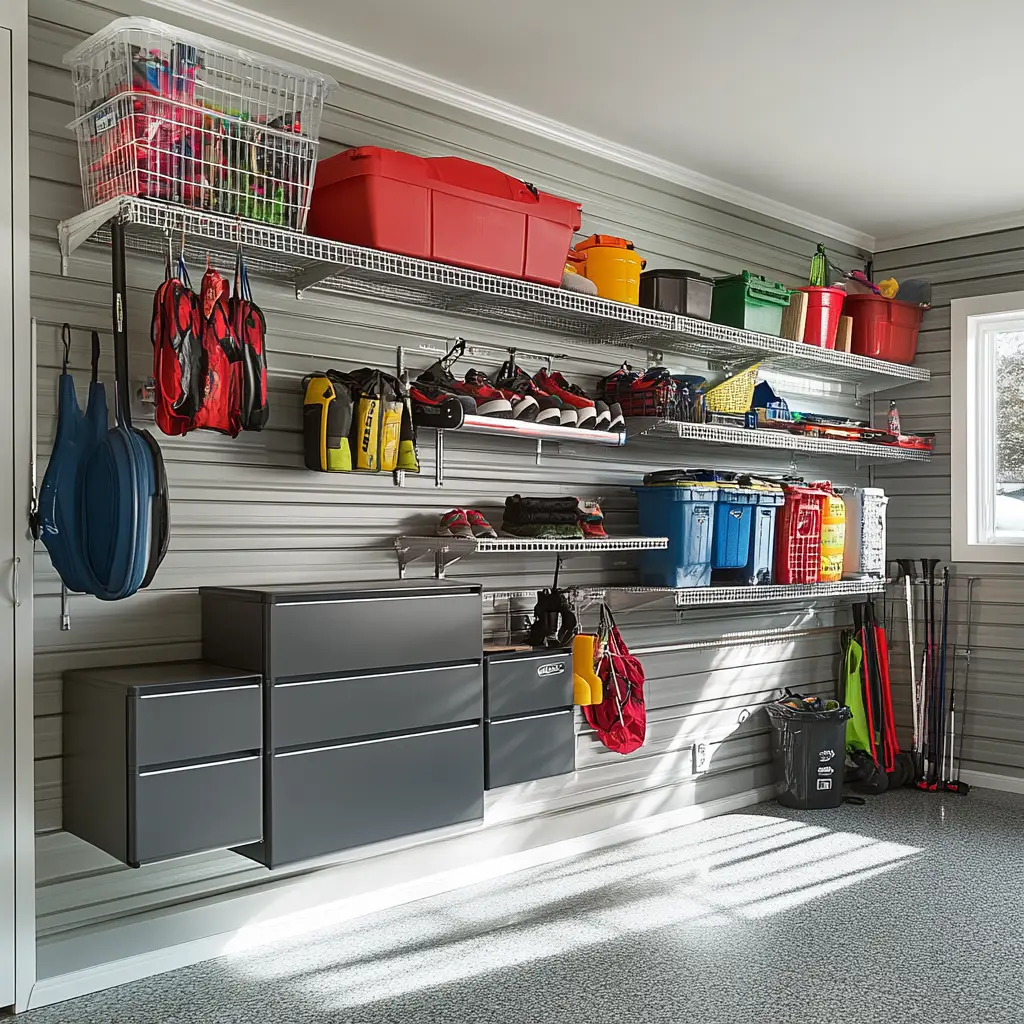
2. Use Vertical Storage
Maximize wall space by installing floating shelves, tall bookshelves, or wall-mounted cabinets. This keeps your floors clear and helps create the illusion of more space.
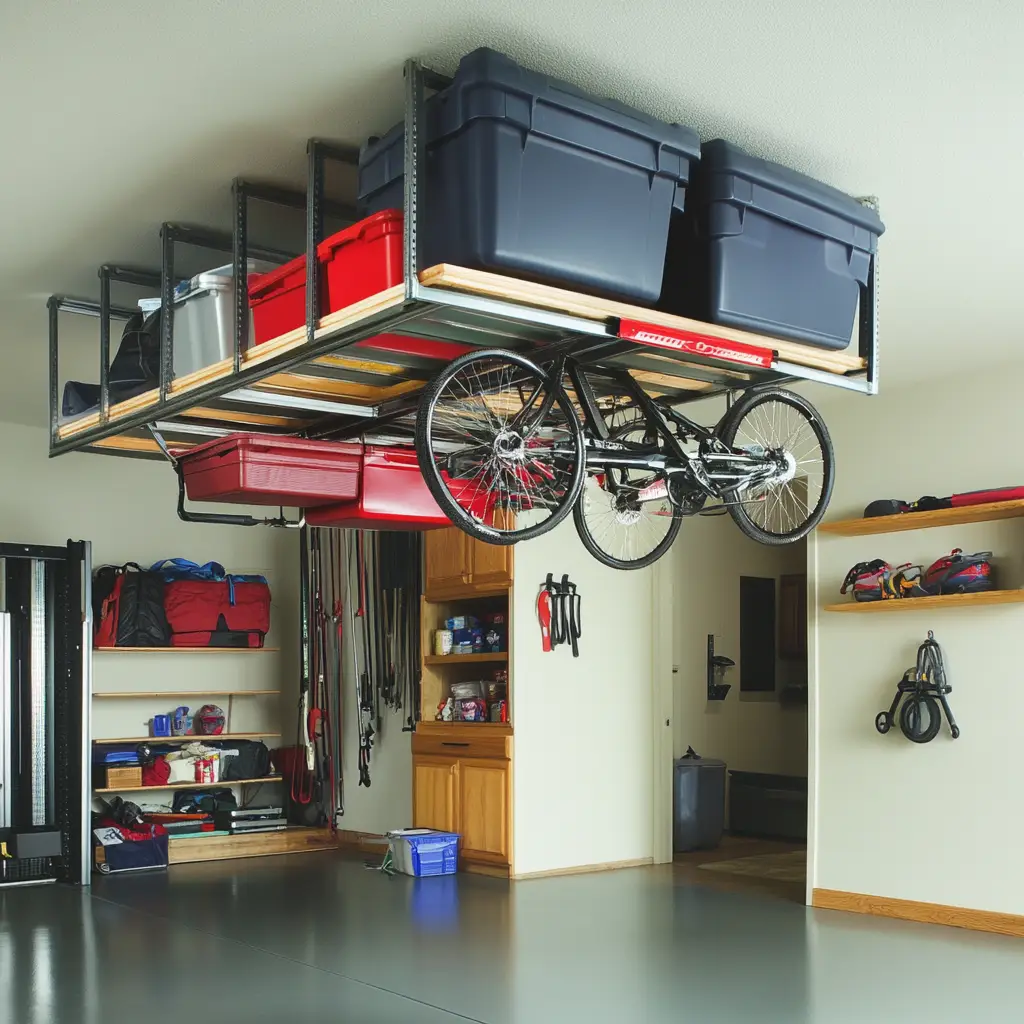
3. Go for Light Colors
Light colors make small spaces feel airy and open. Shades of white, light gray, and pastels reflect light and create a sense of space. If you want to add some color, go for soft tones or accent walls.
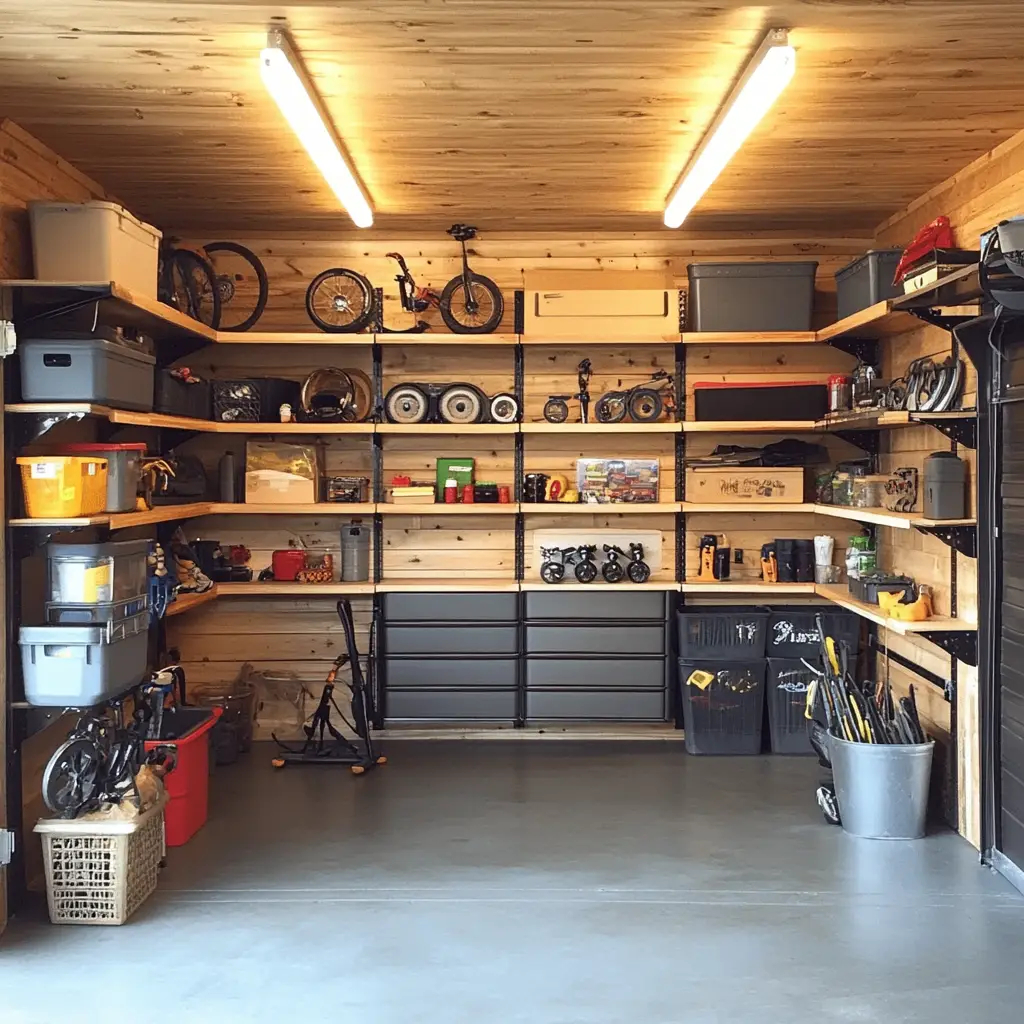
4. Embrace Mirrors
Mirrors are great for opening up a small room. They reflect light and give the illusion of more space. Try placing a large mirror on one wall or using several smaller mirrors to create depth.
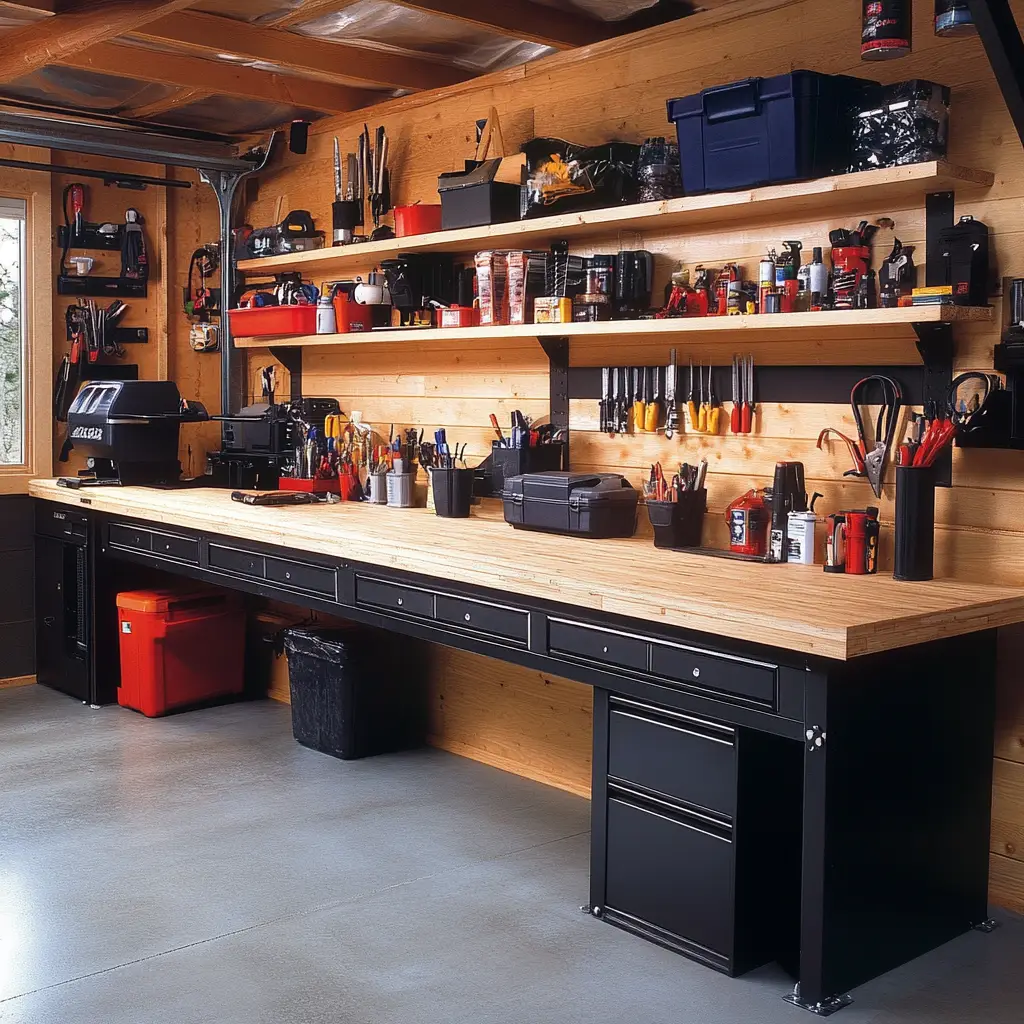
5. Use Furniture That Sits Close to the Ground
Furniture that sits closer to the ground creates a sense of openness by giving the eye more space to travel. This can be particularly useful in bedrooms or small living rooms.
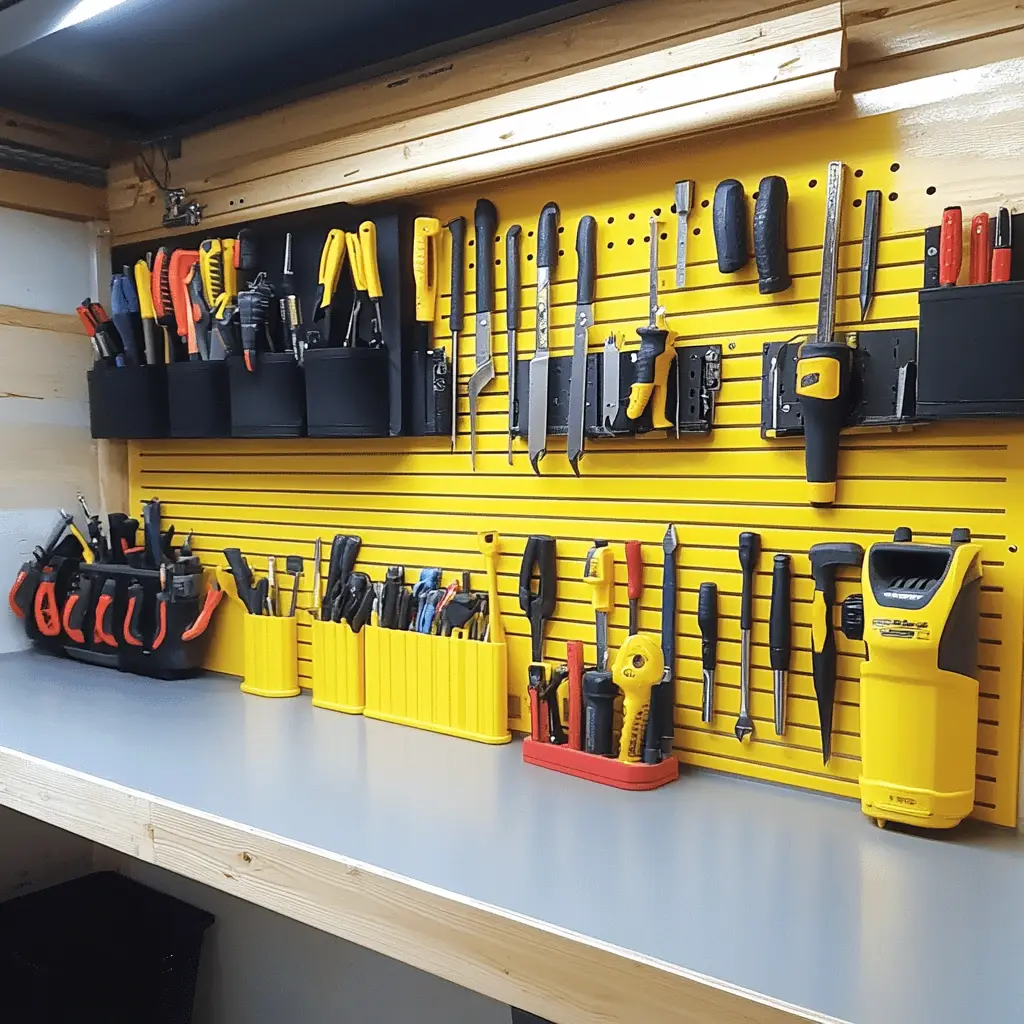
6. Maximize Corner Space
Corners often go unused in small rooms, but corner shelves or corner desks can maximize every inch. This trick works great in living rooms and home offices.
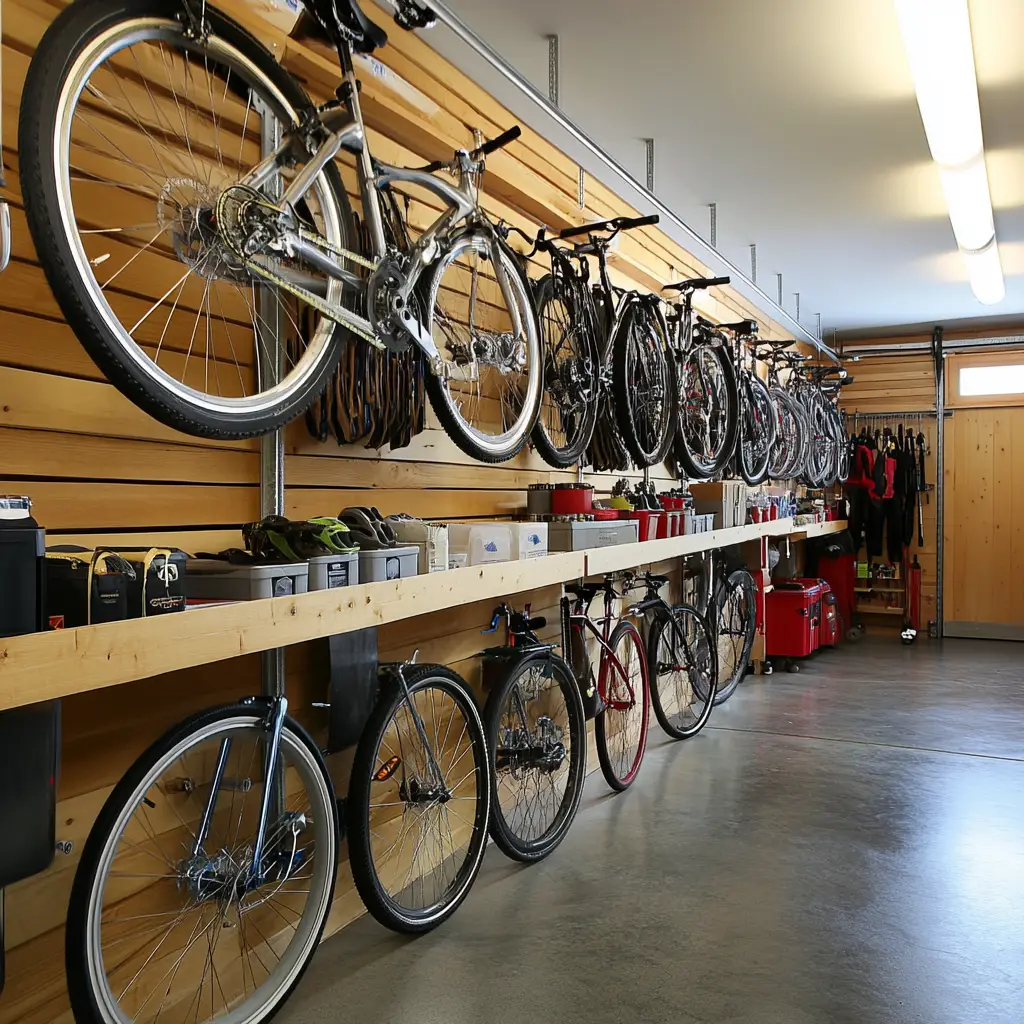
7. Incorporate Built-In Furniture
Built-in bookshelves, seating, or desks can save a ton of space and help create a streamlined, uncluttered look in your small room.
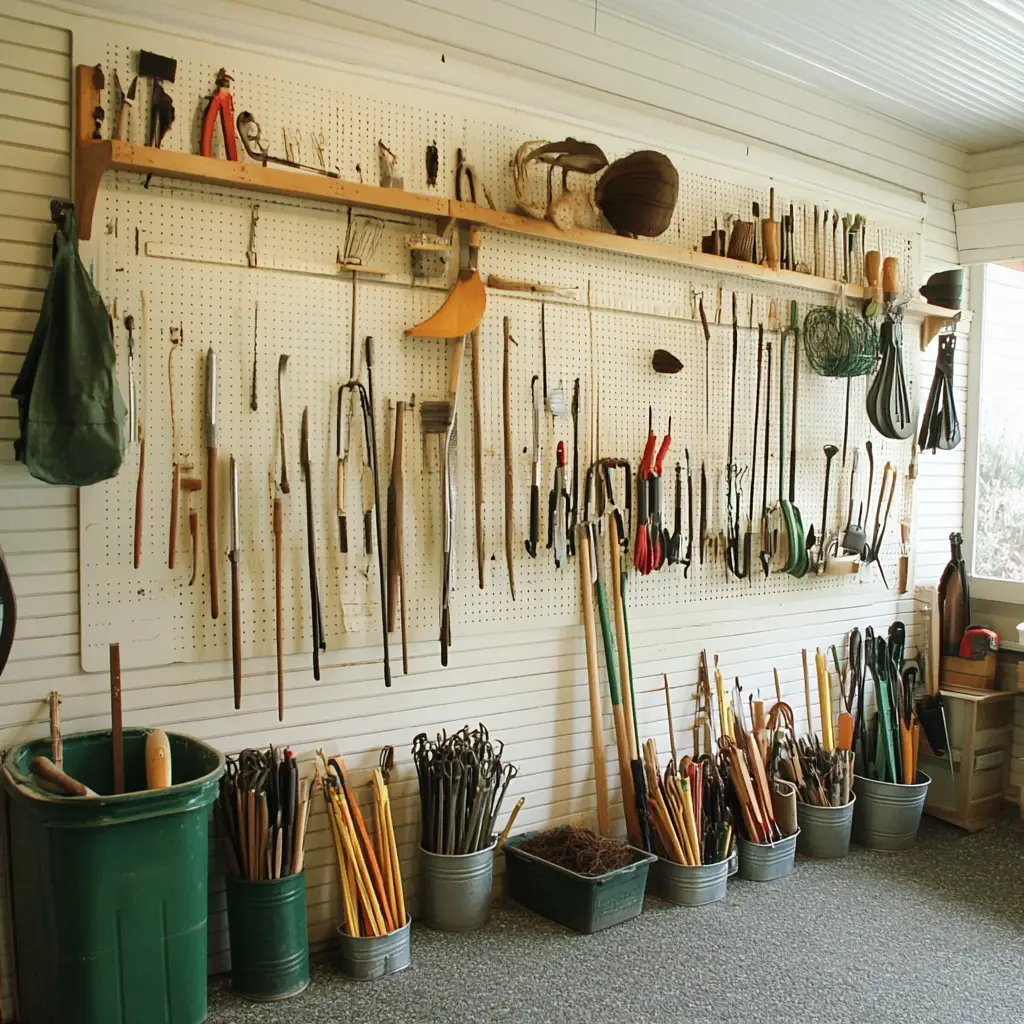
8. Layer Rugs for Texture
Instead of overwhelming the floor with one large rug, consider layering smaller rugs for visual interest. This adds texture while maintaining an open, airy feel.

9. Use Low-Profile Furniture
Furniture that is low to the ground—like a low sofa or minimalist coffee table—can help make the space feel taller and more expansive.

10. Choose Transparent Furniture
Pieces made from glass or acrylic—like coffee tables or chairs—take up less visual space, which makes the room feel less crowded while still serving a functional purpose.
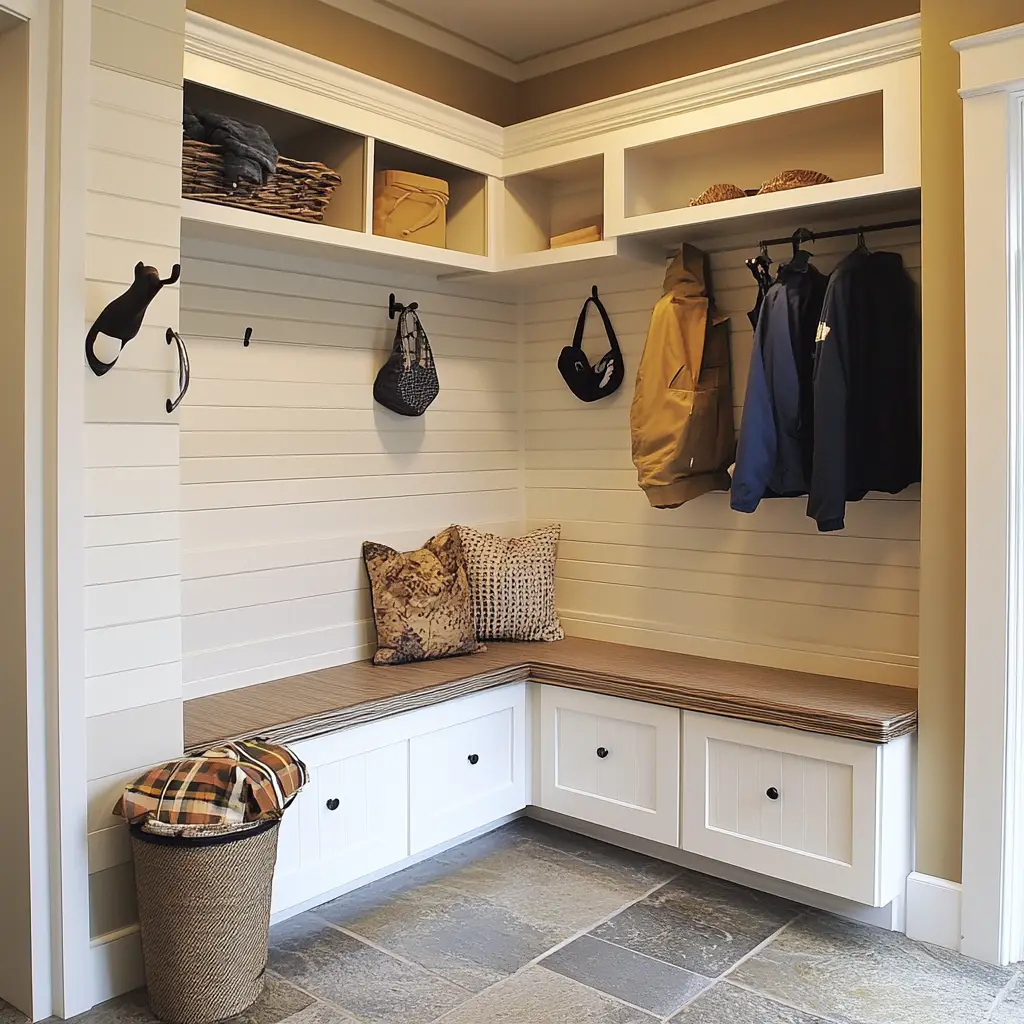
11. Add Wall-Mounted Lighting
Instead of taking up precious surface space with lamps, opt for wall-mounted sconces or pendant lighting. This keeps the room feeling open and organized.

12. Create Zones with Rugs
In multi-purpose rooms, use rugs to define different areas. For example, in a studio apartment, you can create a distinct bedroom area with a rug, while still maintaining an open and spacious feel in the living area.
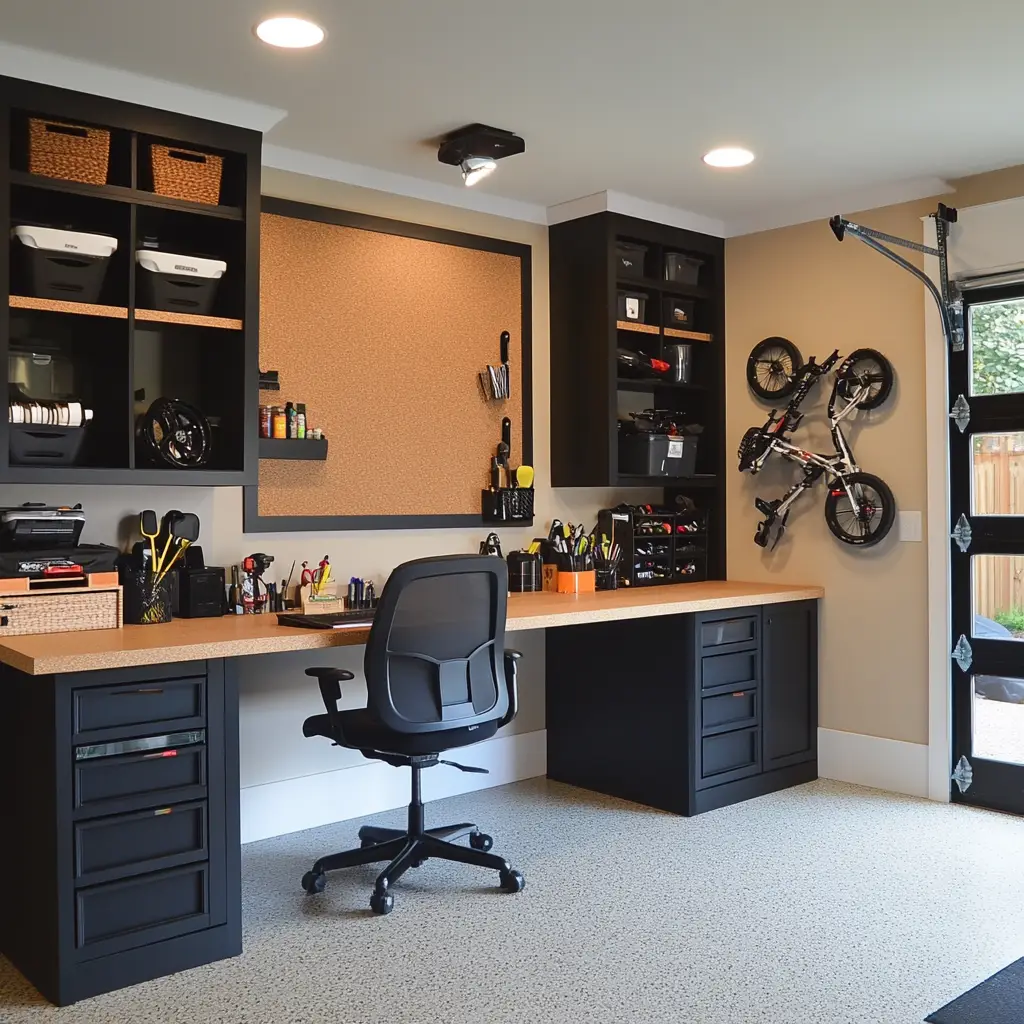
13. Go for Foldable Furniture
Foldable furniture—like a collapsible dining table or fold-out desk—lets you use the space for different purposes depending on your needs.
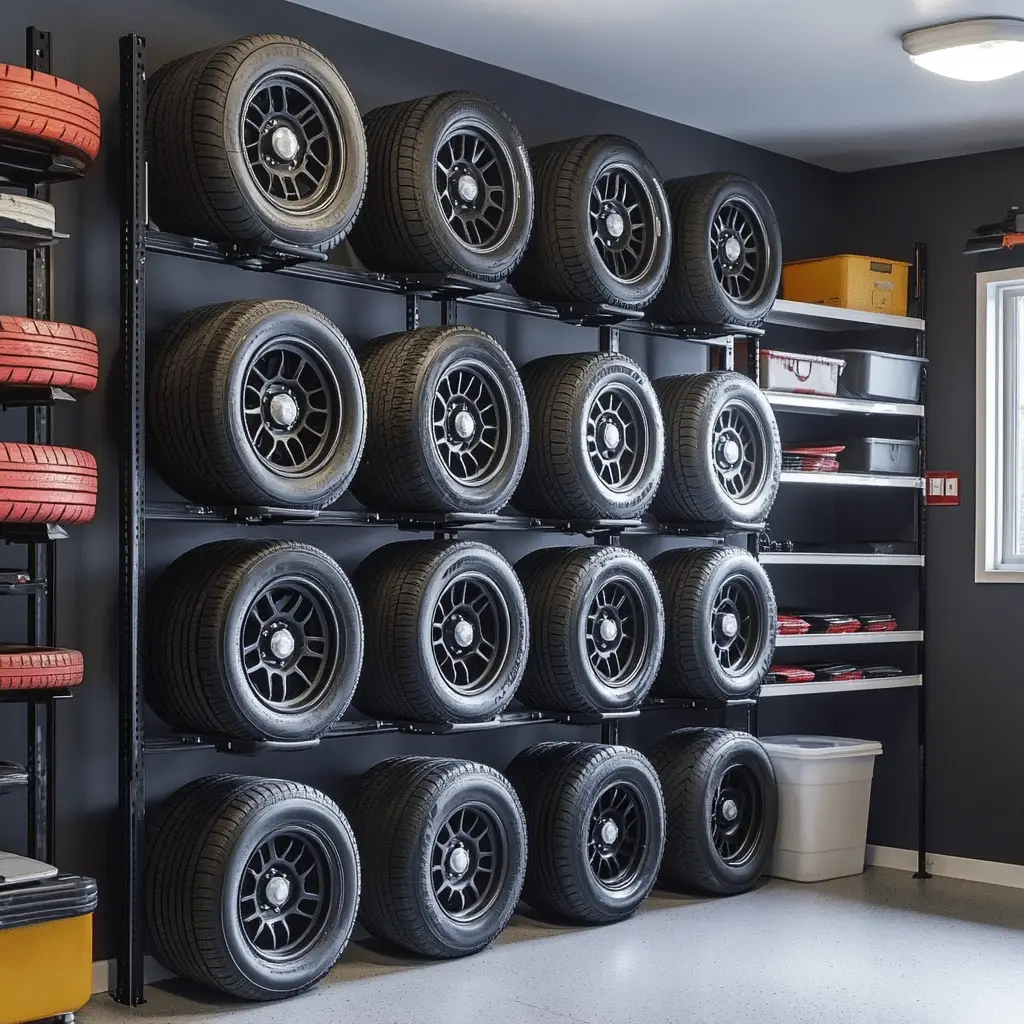
14. Install Sliding Doors
Sliding doors save space compared to traditional swing doors, which require additional clearance. This is perfect for small bedrooms or bathrooms.
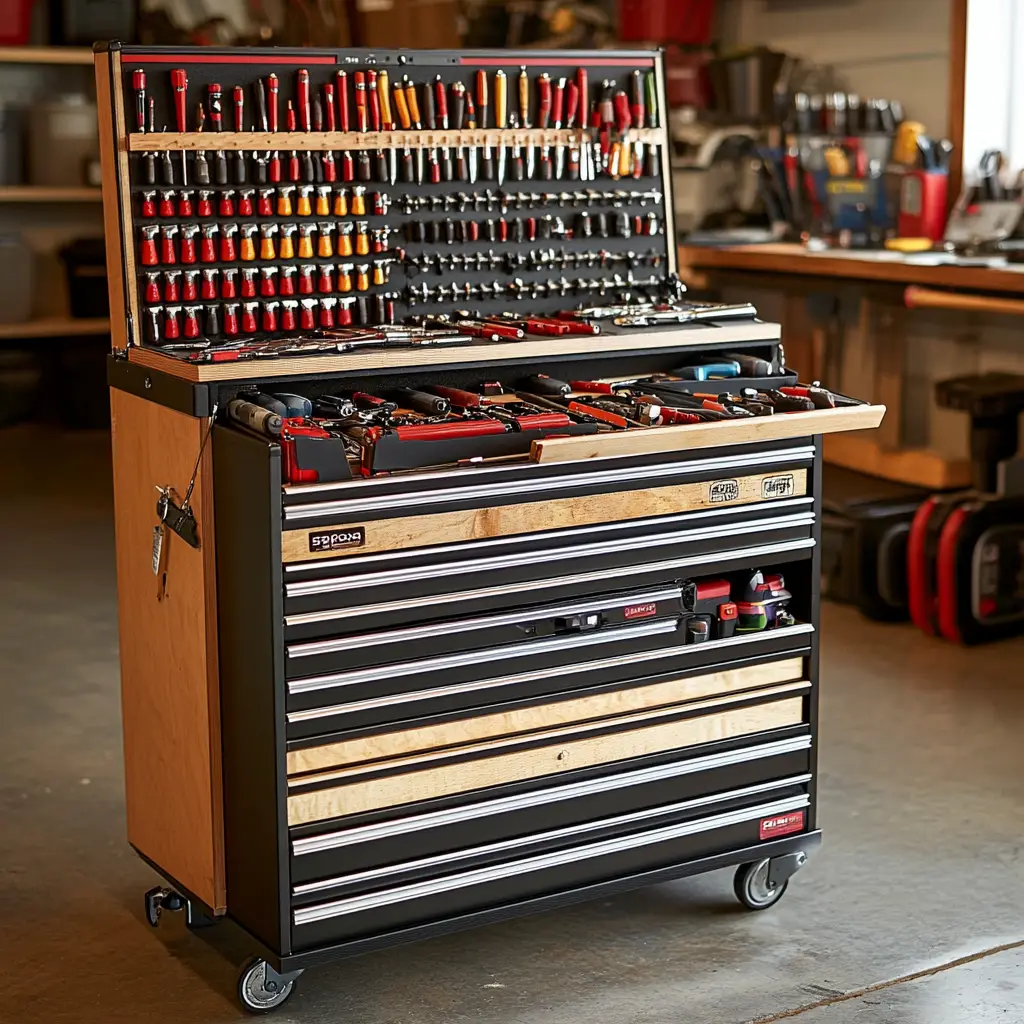
15. Use Bright and Bold Accents
While the main palette should be light and airy, adding bold, bright accents like colorful throw pillows, artwork, or a striking rug can give the space personality without overwhelming it.

16. Use Under-Bed Storage
Instead of letting your bed take up valuable real estate, use the space beneath it for storage. You can use under-bed bins, boxes, or drawers to keep everything out of sight.
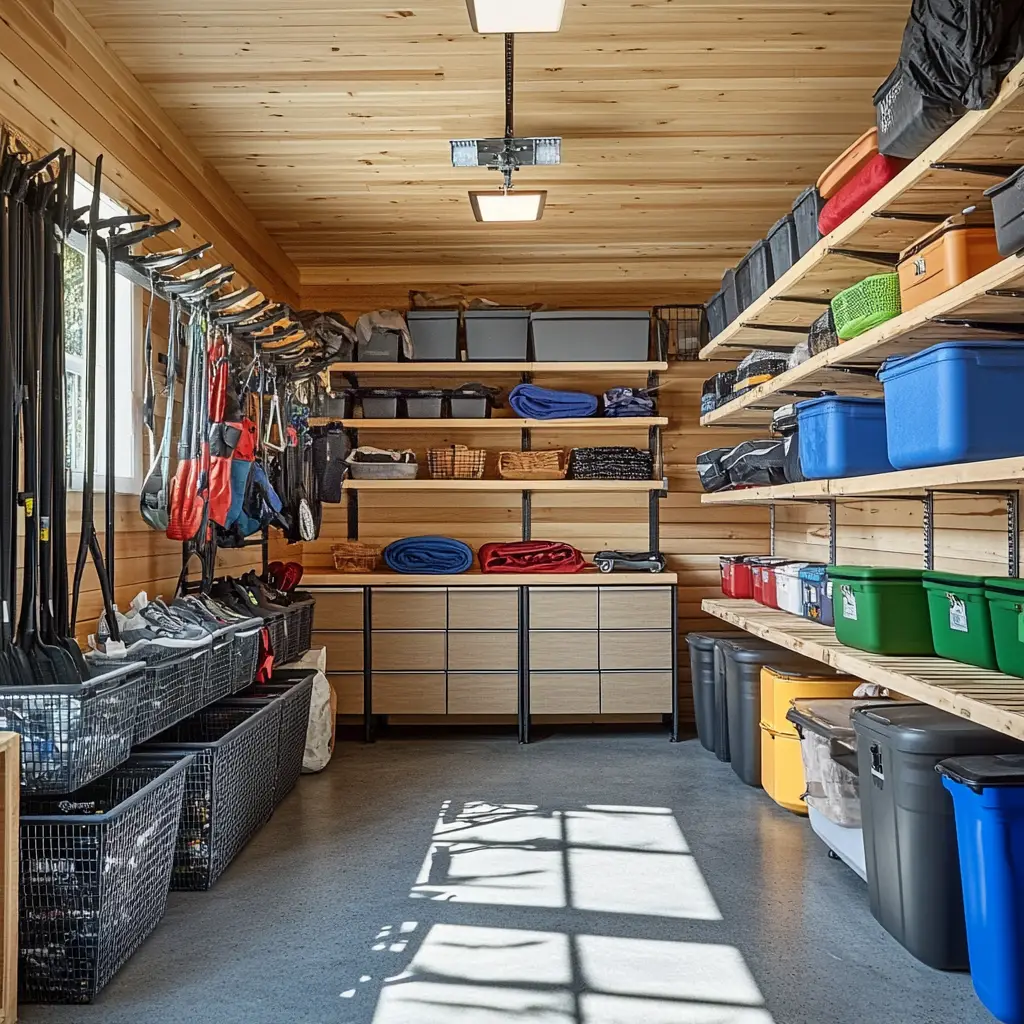
17. Create a Custom Closet System
Maximize your closet space by installing custom shelves, hanging rods, or pull-out drawers. This will help you store more and keep your room tidy.
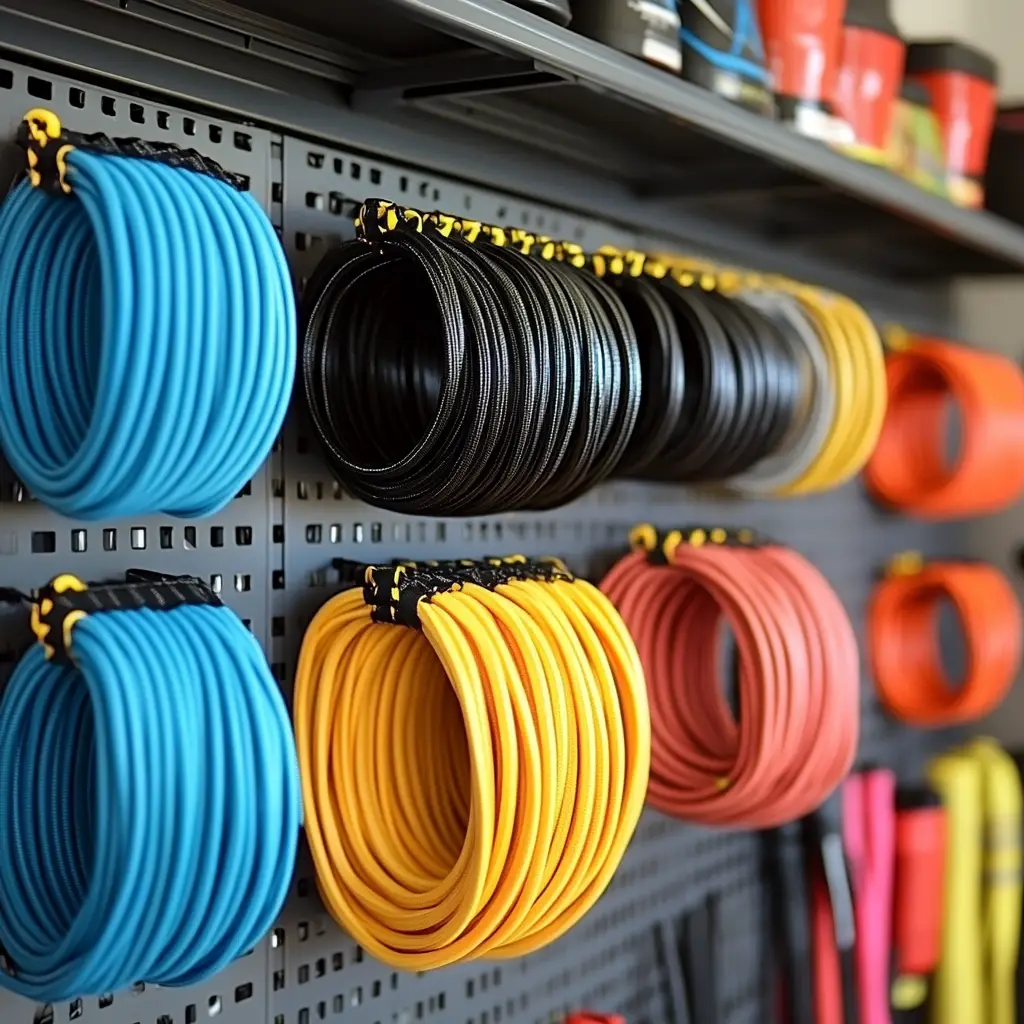
18. Incorporate Modular Furniture
Modular furniture, like stackable stools or a modular sofa, is great for small spaces because you can adjust the layout to suit your needs as the room changes.
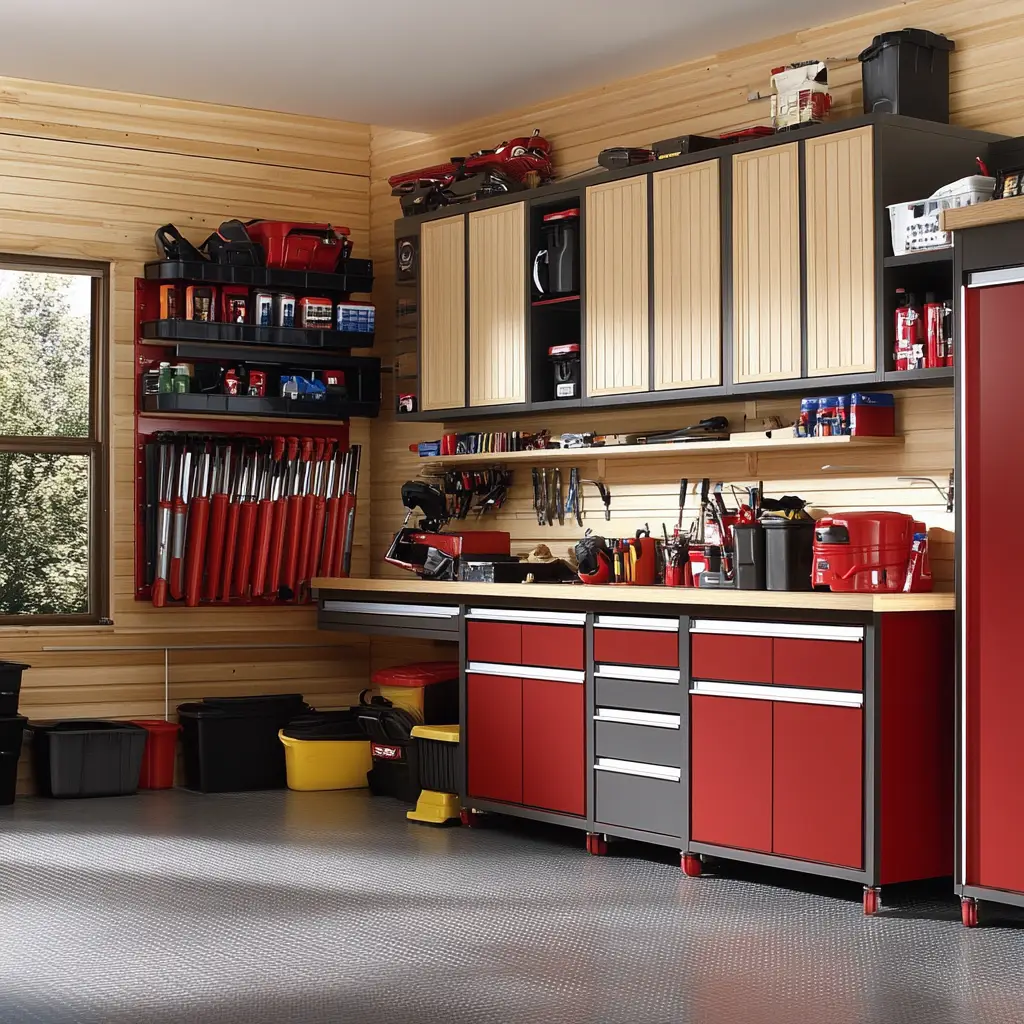
19. Use Lighter Fabrics
Heavy fabrics like velvet and wool can make a small room feel enclosed. Opt for lighter fabrics such as cotton, linen, or light velvet to add texture without overwhelming the space.
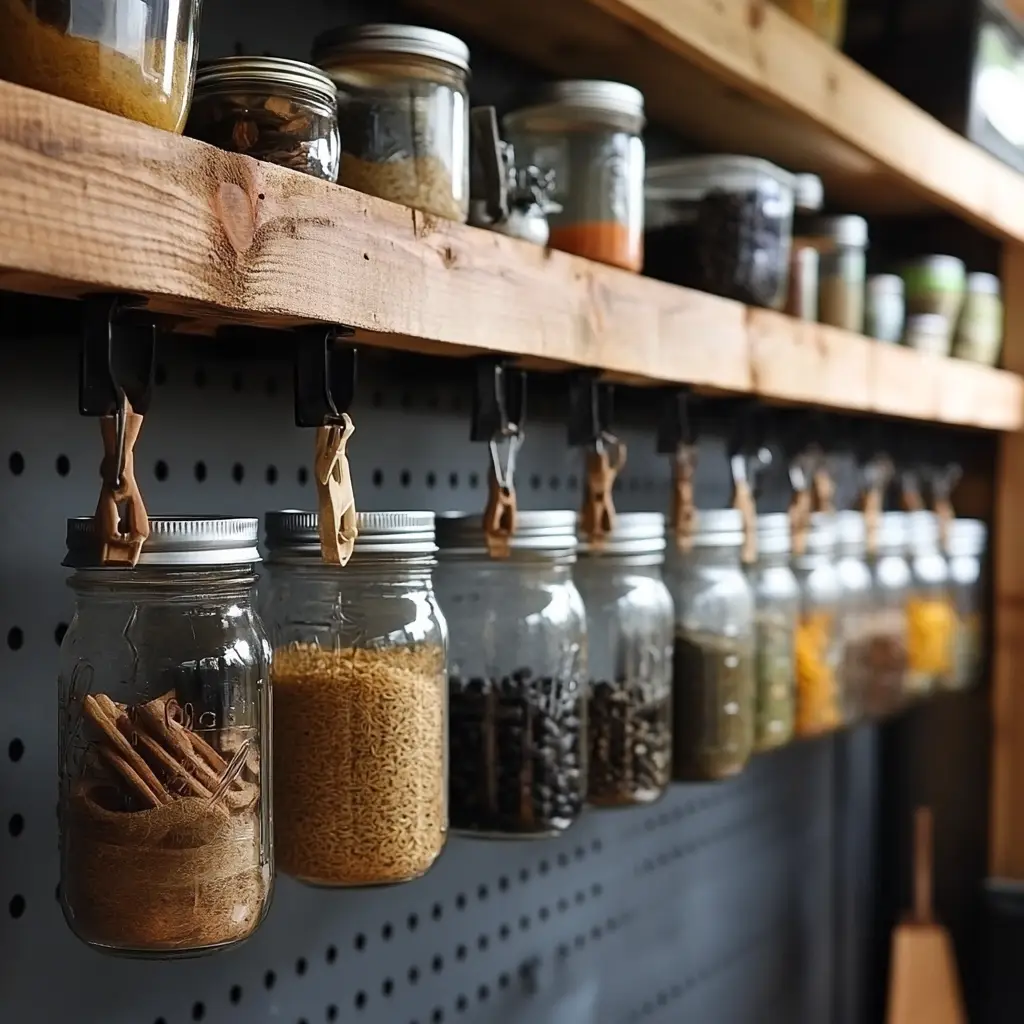
20. Make Use of Wall Space for Art
Instead of crowding a small room with decor on surfaces, utilize your wall space. A well-placed piece of art can draw the eye upward, making the room feel larger and more cohesive.
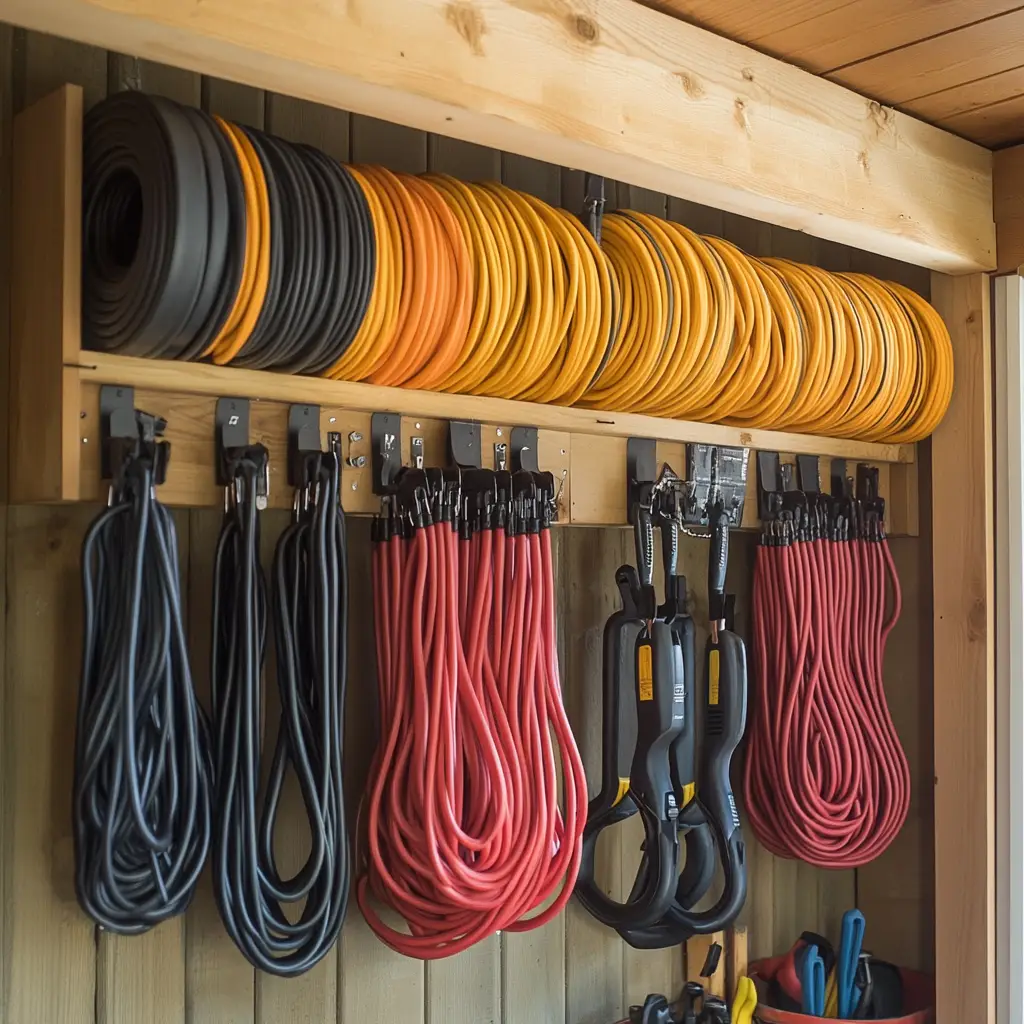
21. Opt for Wall-Mounted Desks
Wall-mounted desks are great for small home offices. They take up minimal space and can often be folded away when not in use.
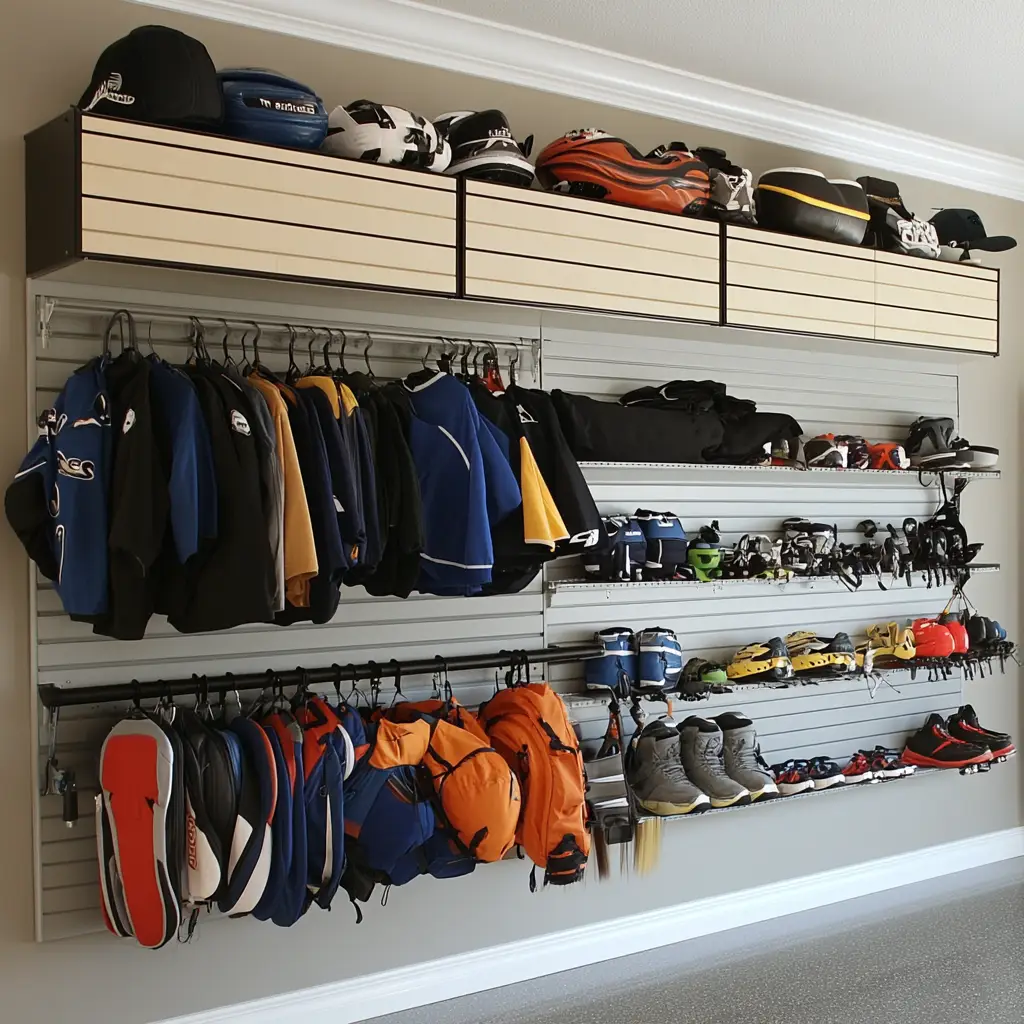
22. Keep Window Treatments Minimal
Heavy curtains or blinds can block natural light and make a room feel cramped. Use light, sheer curtains or blinds that allow plenty of natural light to filter in.
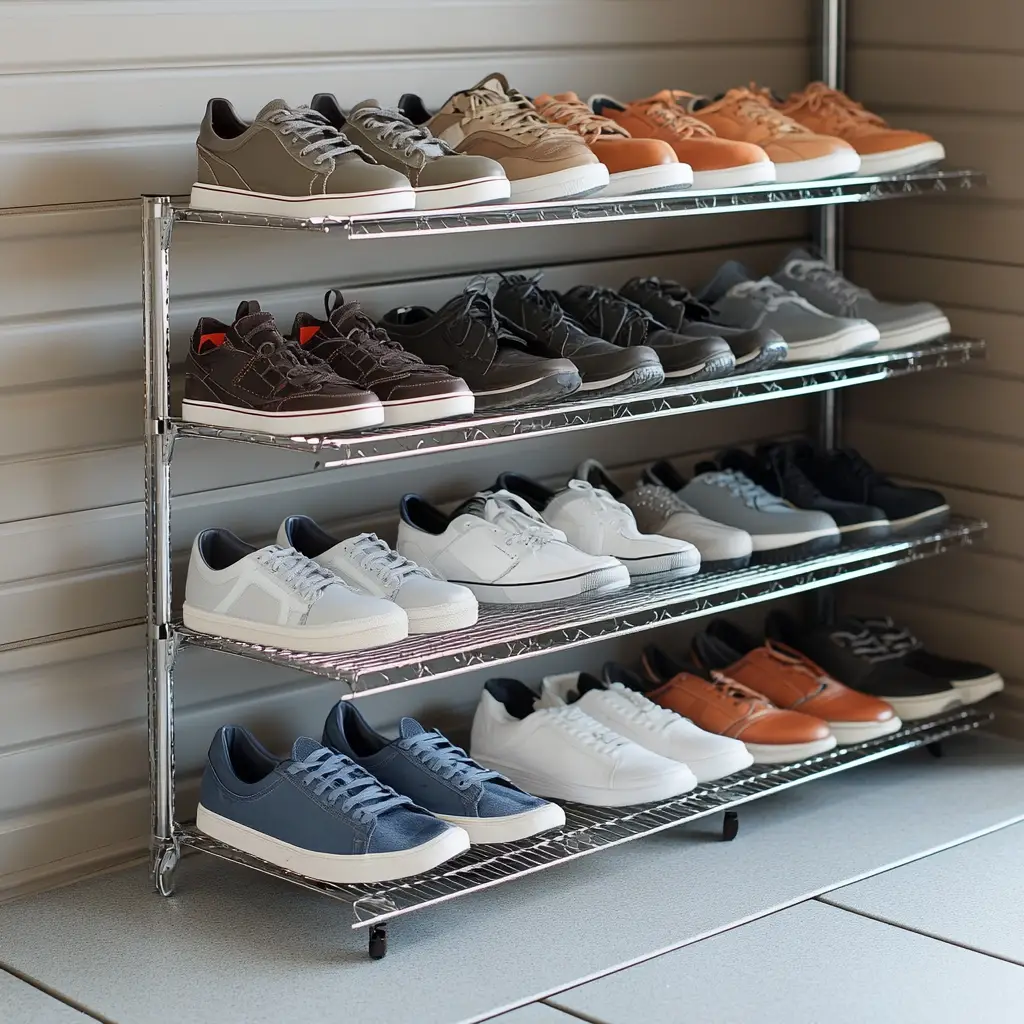
23. Add Vertical Plants
Tall plants like snake plants or a fiddle leaf fig can add a pop of greenery without taking up too much floor space. They also add a natural element to the room.
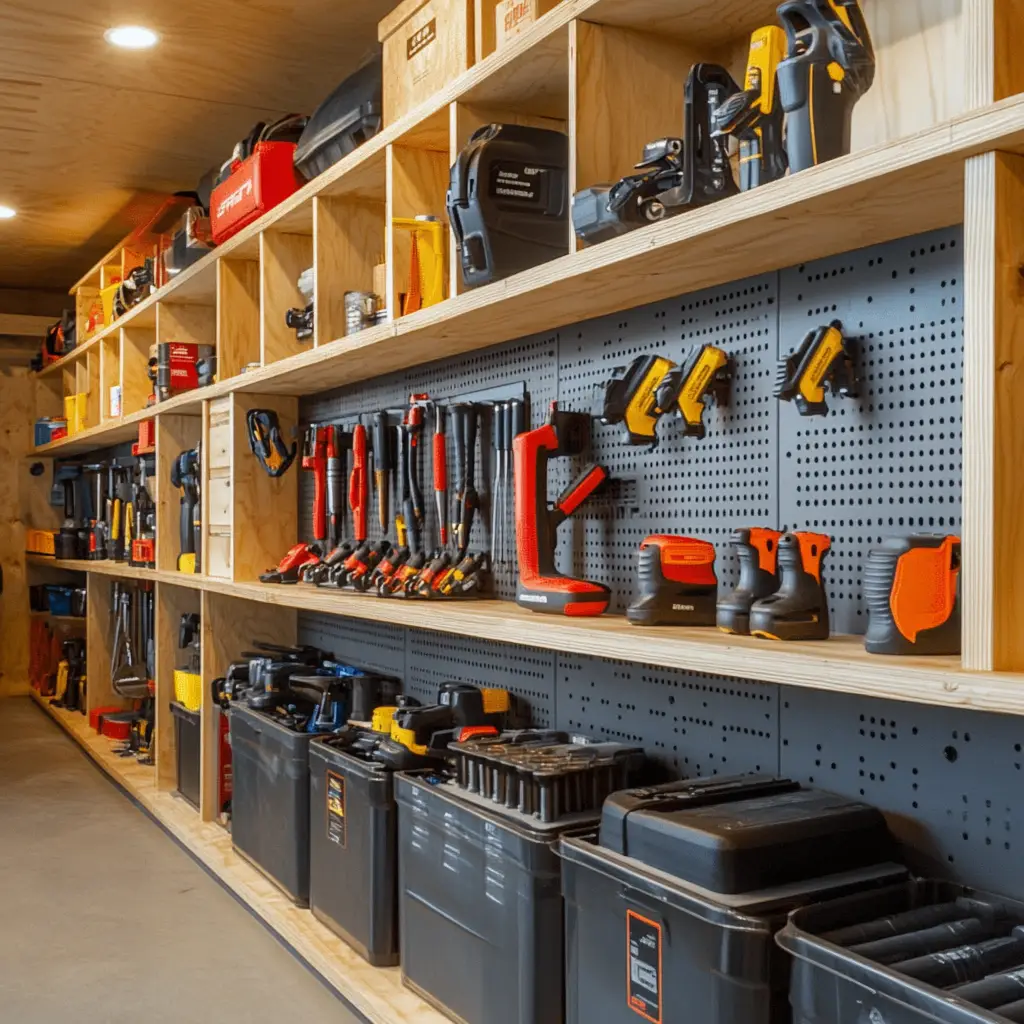
24. Install Floating Nightstands
Instead of bulky nightstands, opt for floating or wall-mounted nightstands. These save space and give the room a clean, modern look.

25. Consider Murphy Beds
If your small room doubles as a bedroom and living space, a Murphy bed that folds into the wall can save valuable space during the day.
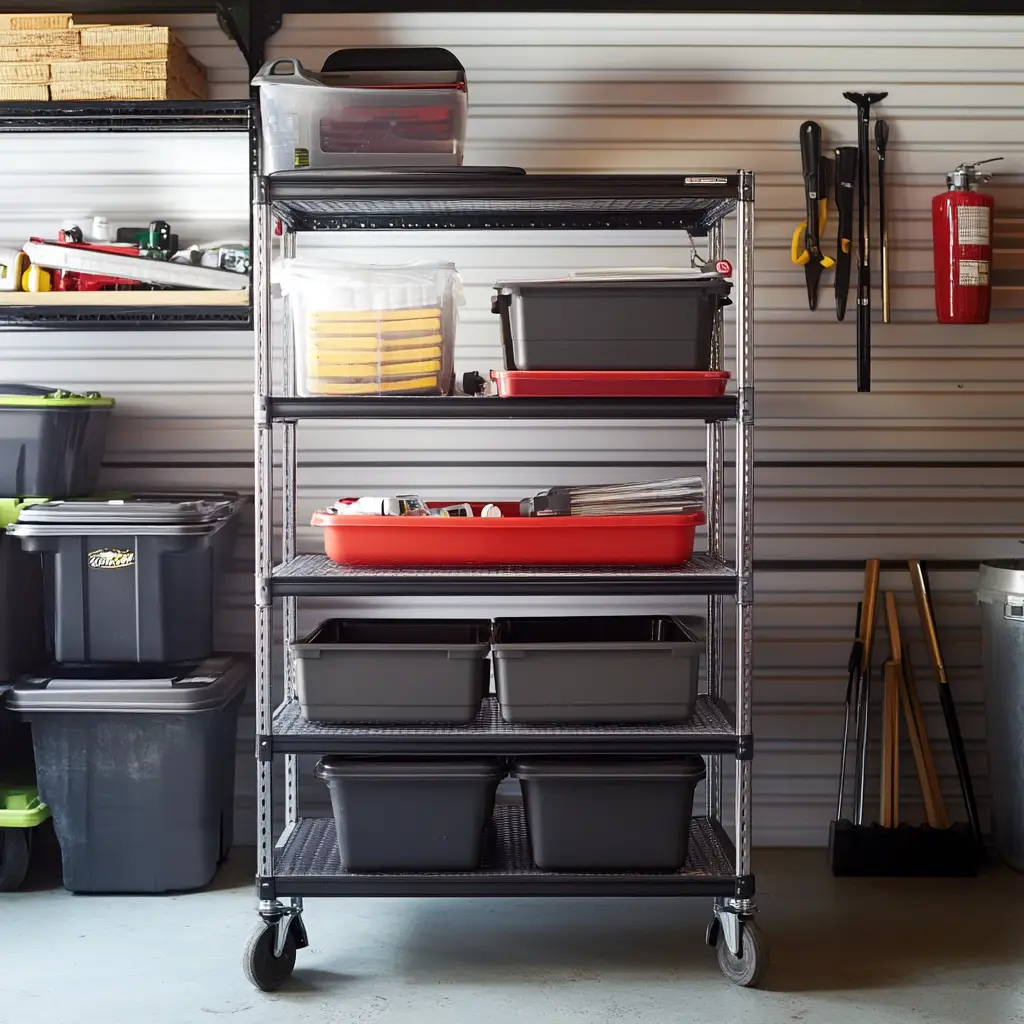
26. Use Nesting Tables
Nesting tables are perfect for small living rooms. When you need more surface space, simply pull the smaller tables out. When you’re not using them, they fit neatly together, saving you room.
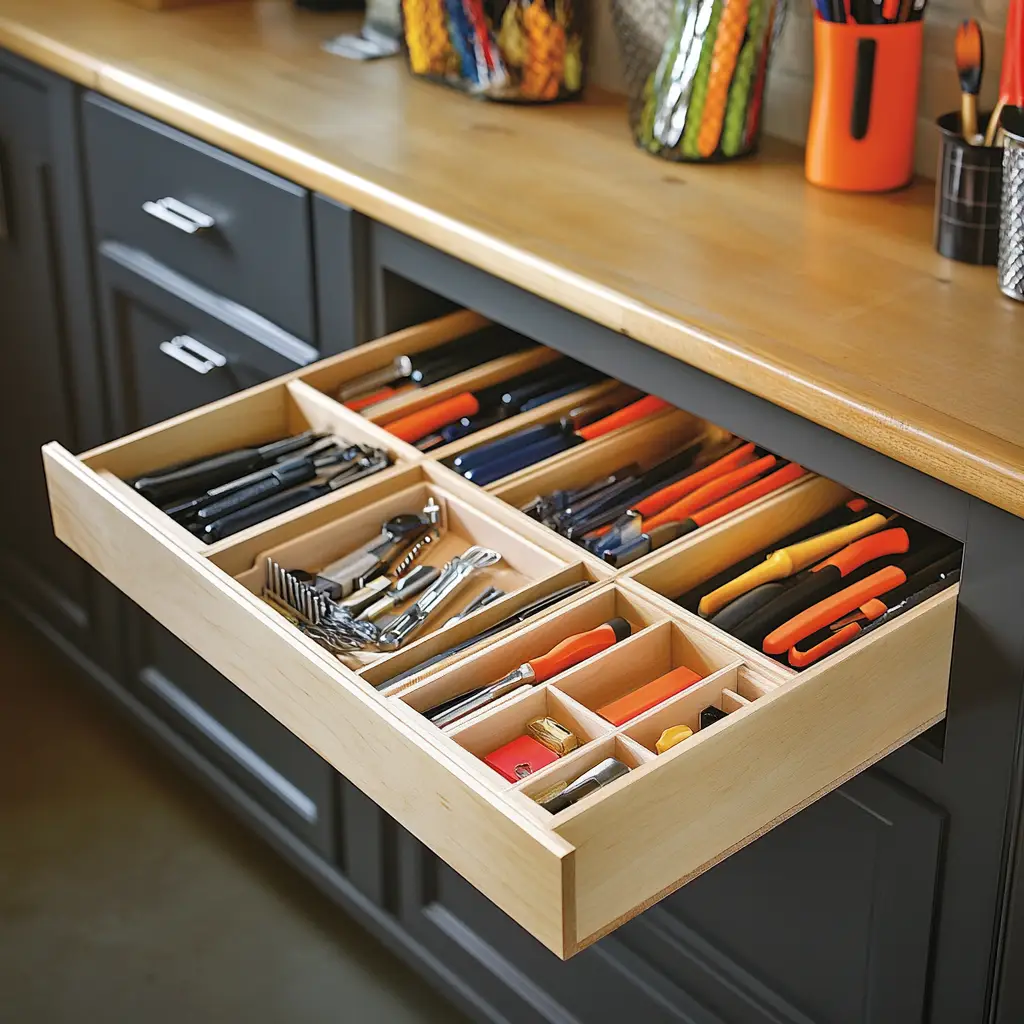
27. Incorporate Custom Shelving
Custom shelving units tailored to your room’s dimensions can help you utilize every corner and create an organized, functional space. You can use shelves to store books, decor, or other items.
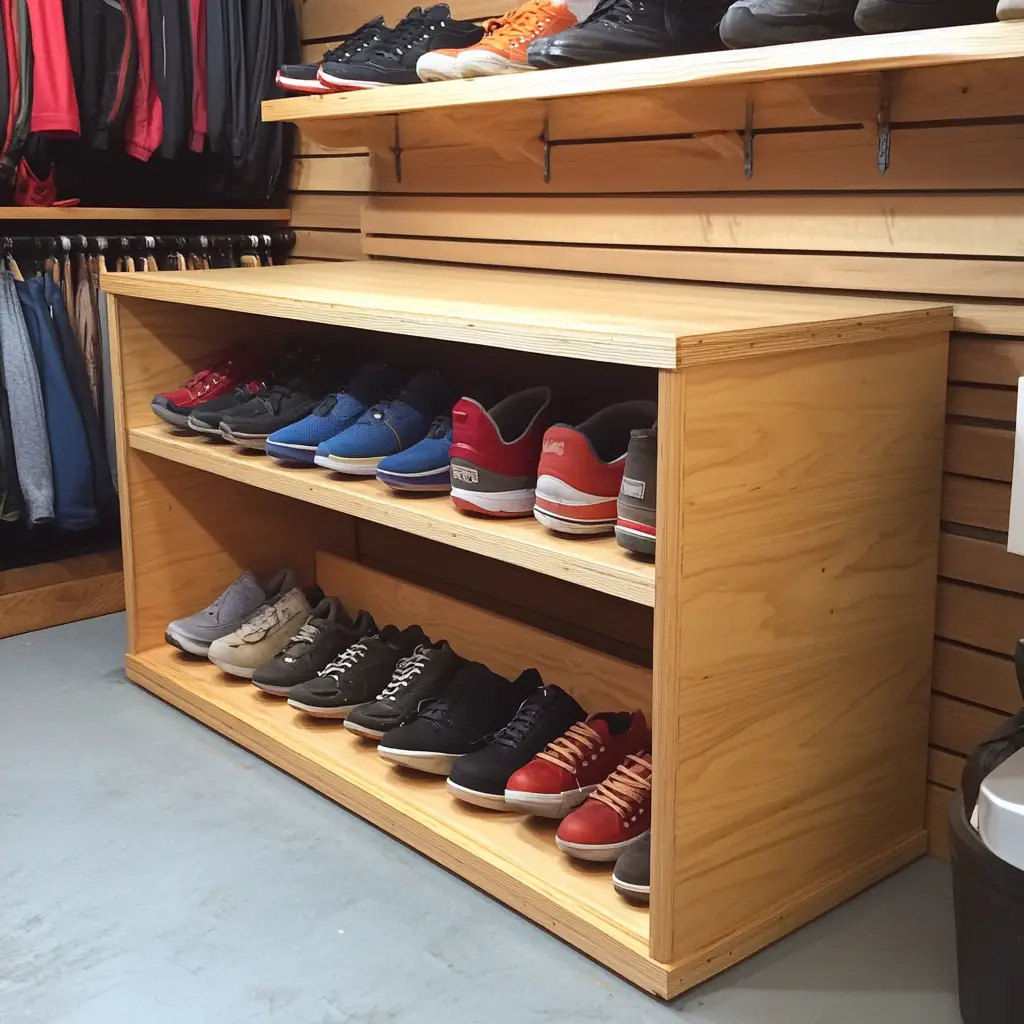
28. Choose Foldable Dining Furniture
If you need a dining area but don’t have the space, a foldable dining table and chairs are ideal. You can set them up when needed and store them away when you need more space.
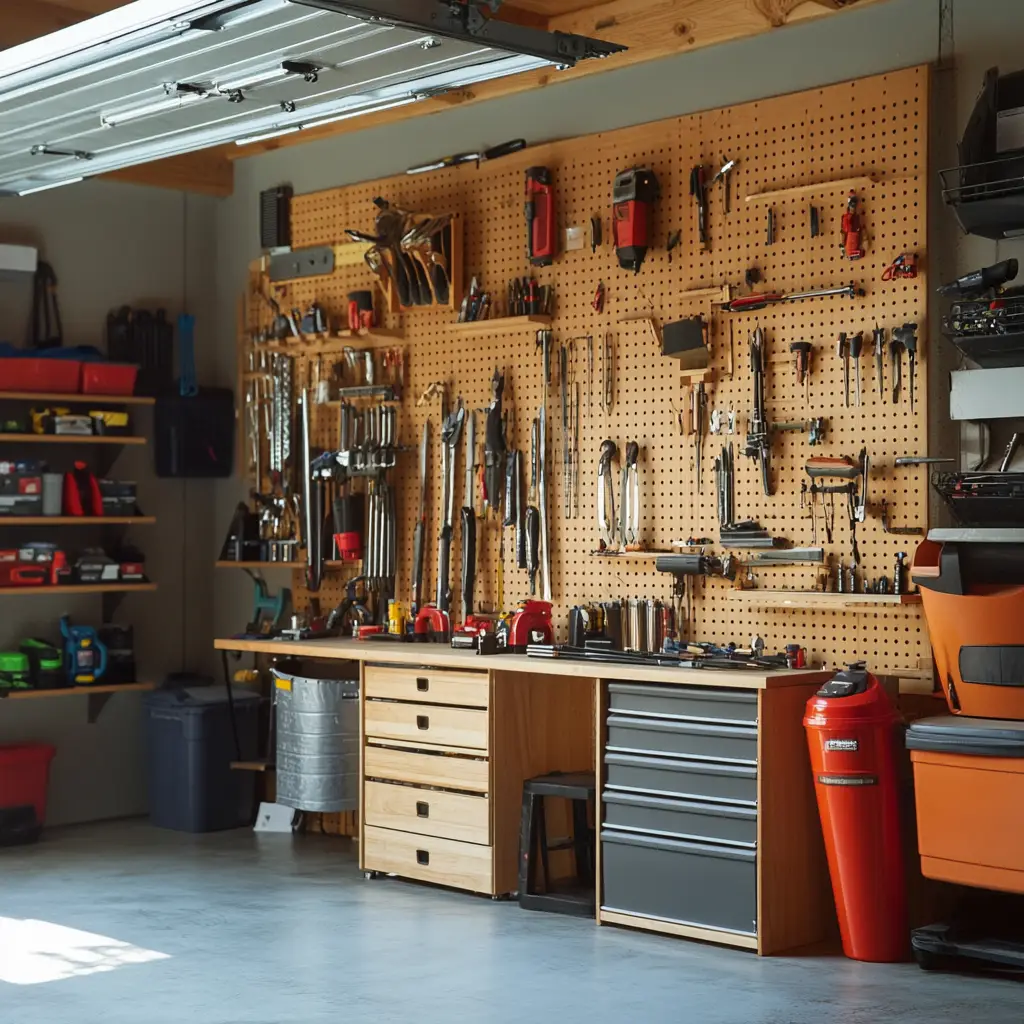
29. Go for a Neutral Palette
A neutral color scheme creates a serene and cohesive atmosphere in a small room. Mix whites, soft grays, and beiges for a timeless and open feel.
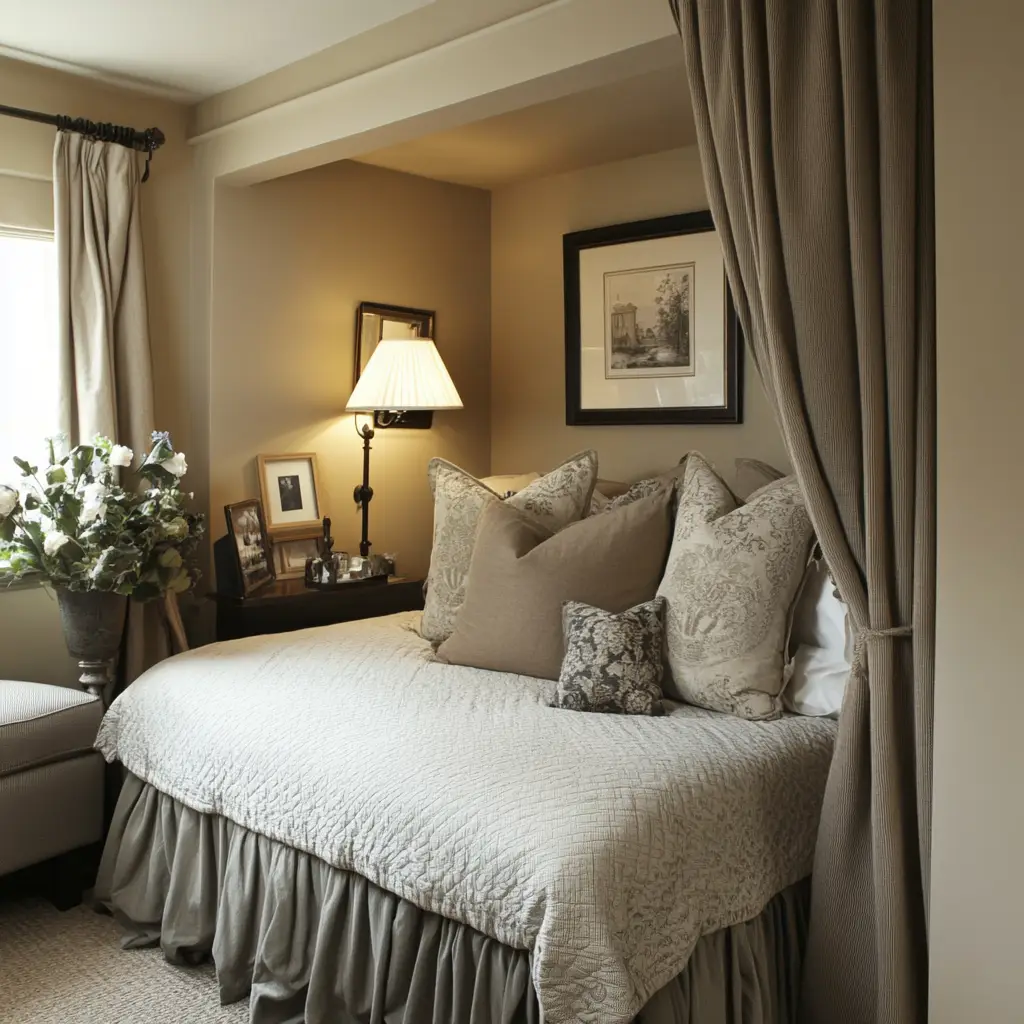
FAQs on Small Room Designs
1. How can I make a small room feel bigger?
Using light colors, adding mirrors, and incorporating vertical storage can all make a room feel more expansive. Opting for multi-functional furniture and minimizing clutter also helps create a more open feel.
2. What type of furniture works best in small spaces?
Furniture that is sleek and compact works best in small spaces. Look for multi-functional pieces, like a sofa bed or coffee table with storage, and consider low-profile or wall-mounted furniture to save space.
3. Can I add color to a small room?
Yes! While light colors make a room feel larger, adding pops of color through accessories, artwork, or accent walls can inject personality into the space without overwhelming it.
4. How can I use a small room for multiple functions?
Create zones within the room using rugs, different furniture layouts, or foldable furniture that can be easily stored when not in use. Consider a wall-mounted desk, or a sofa that doubles as a bed, to make the room more flexible.
5. How do I organize a small room?
Use vertical storage, hidden storage solutions, and multi-functional furniture to keep everything organized. Consider built-in shelving and under-bed storage to maximize every inch of space.
Conclusion
Designing a small room doesn’t have to mean sacrificing style or comfort. By using smart, space-saving strategies like multi-functional furniture, vertical storage, and clever design tricks, you can create a room that feels open, organized, and personalized. Whether it’s a small bedroom, living room, or home office, these 30 design ideas will help you make the most of your space and transform it into a stylish, functional haven.